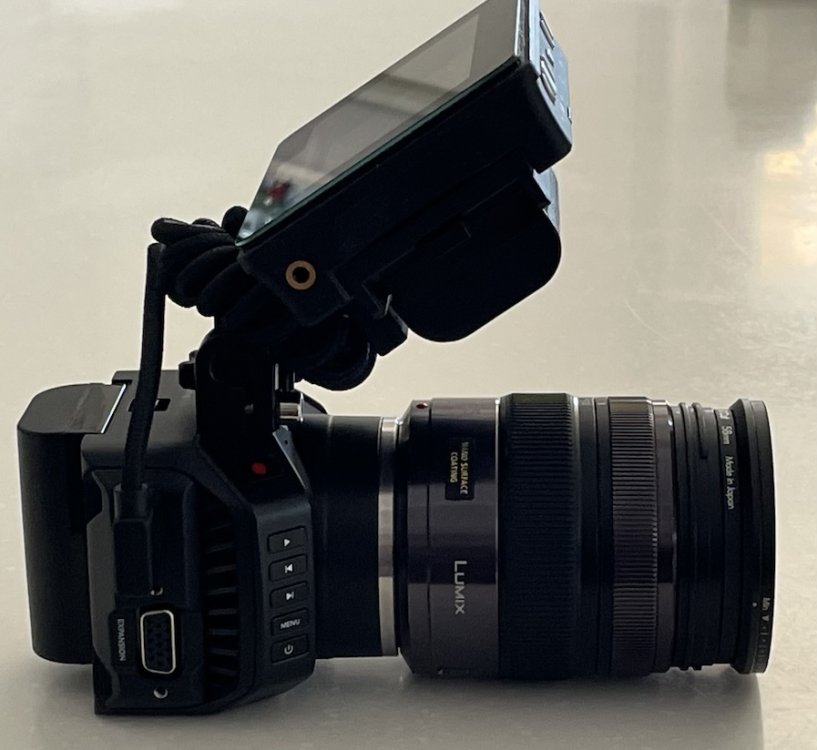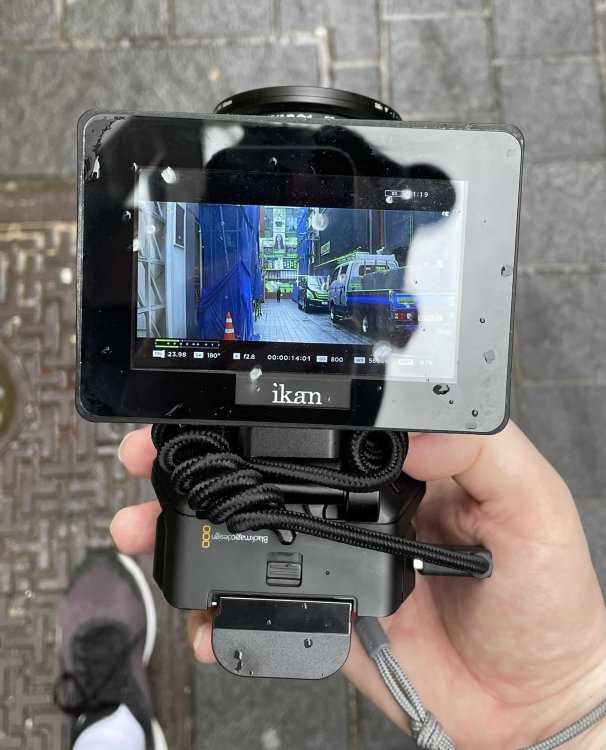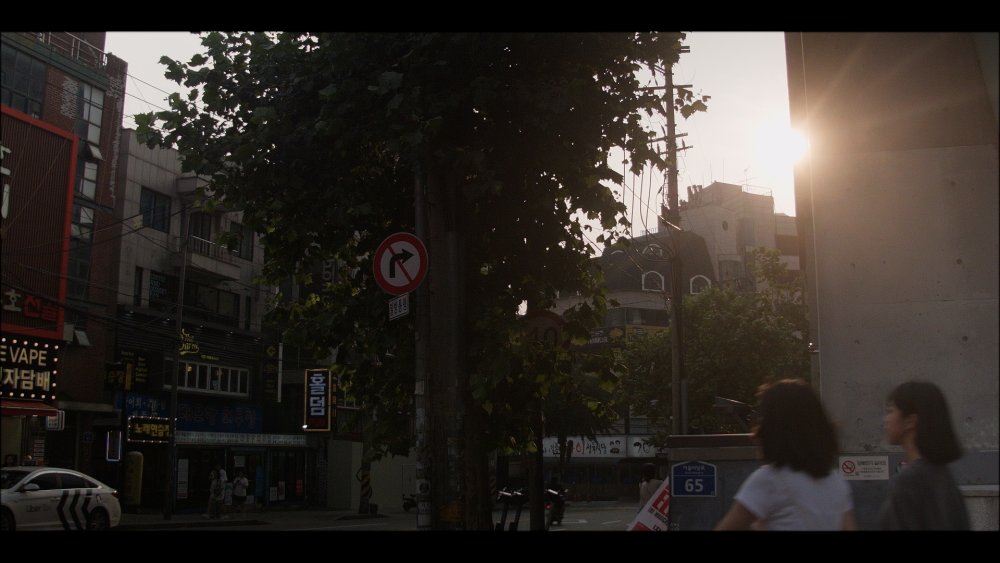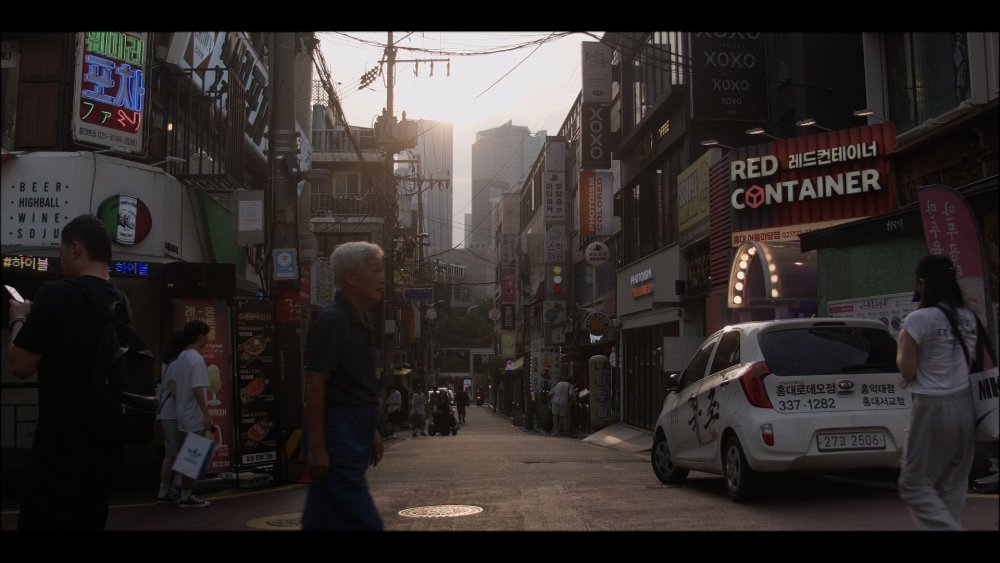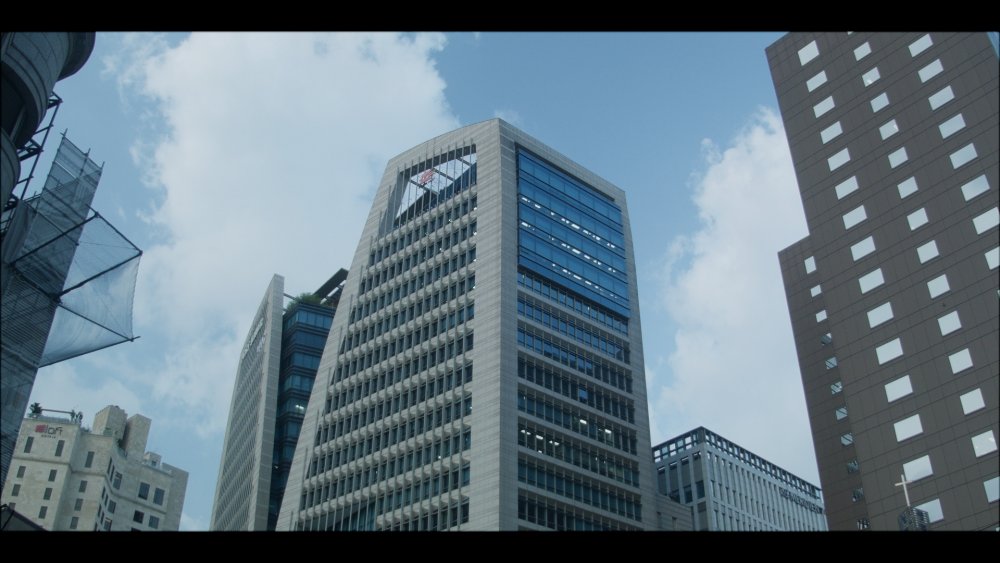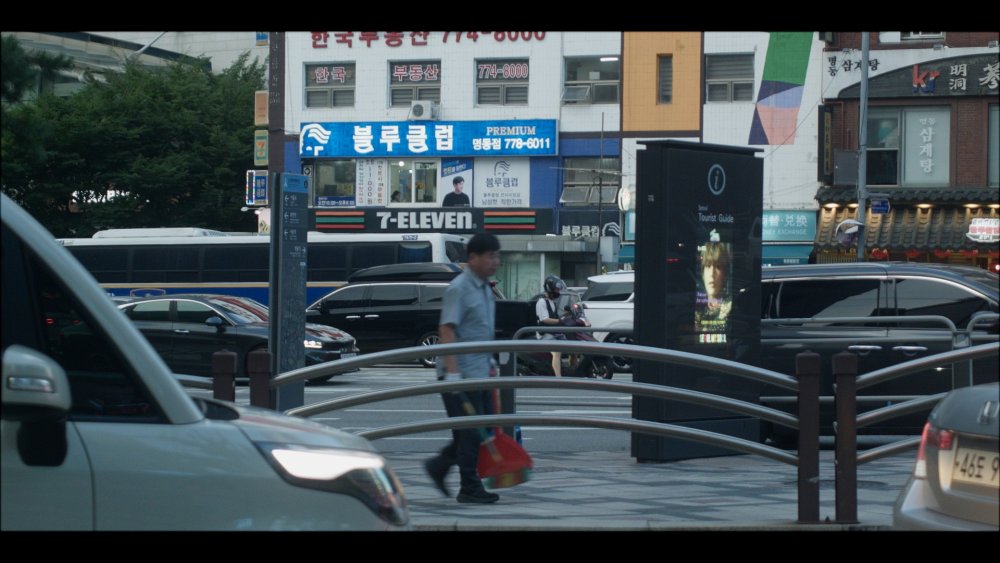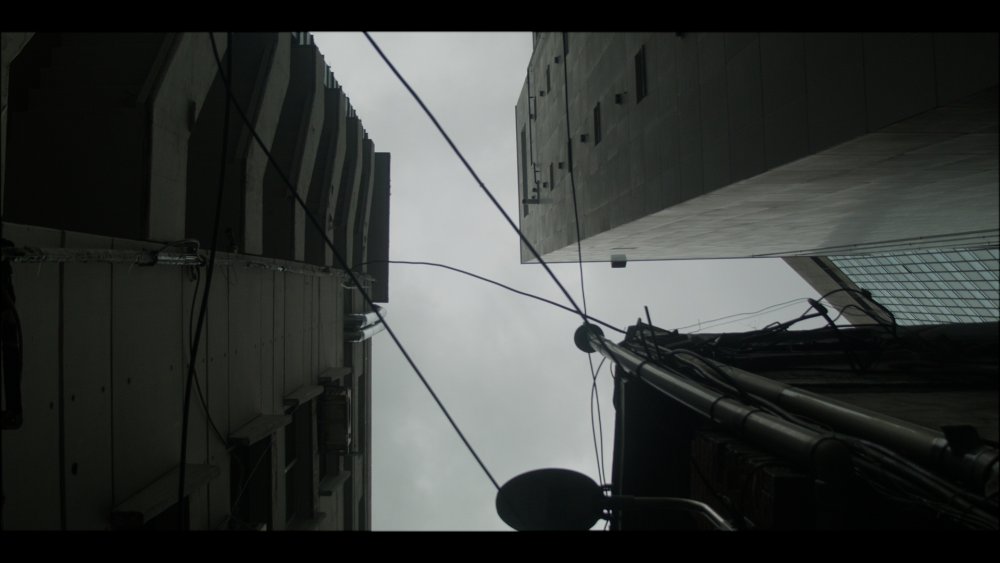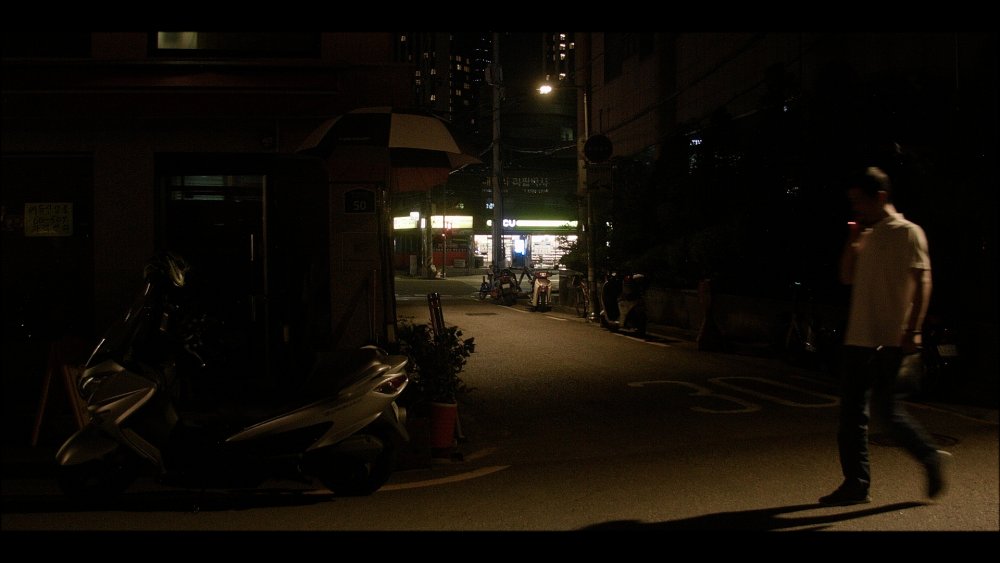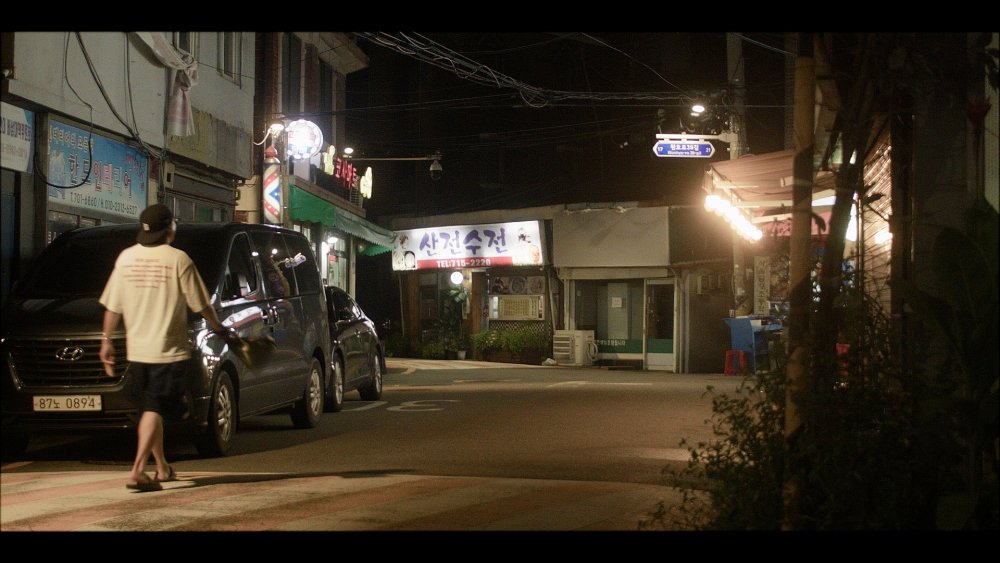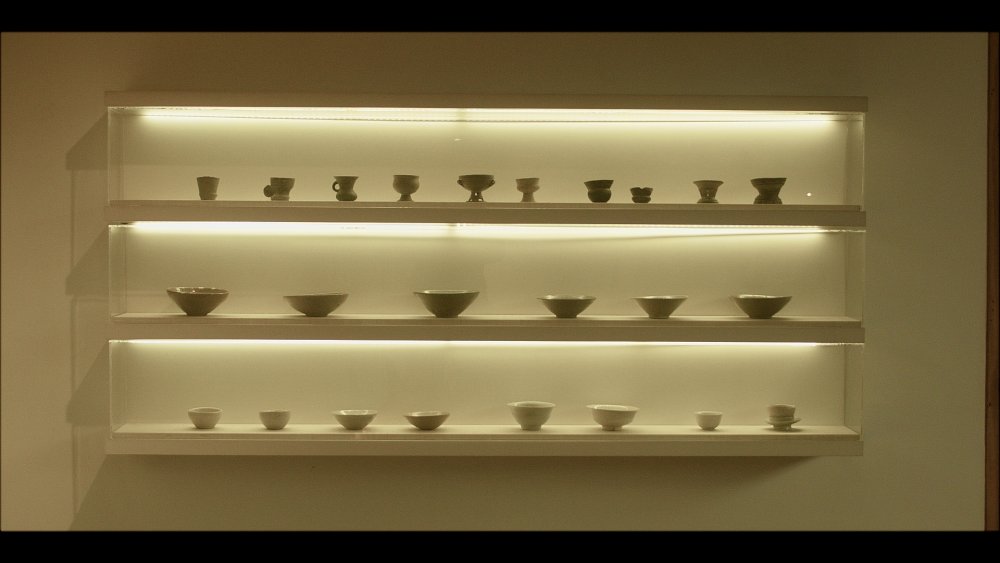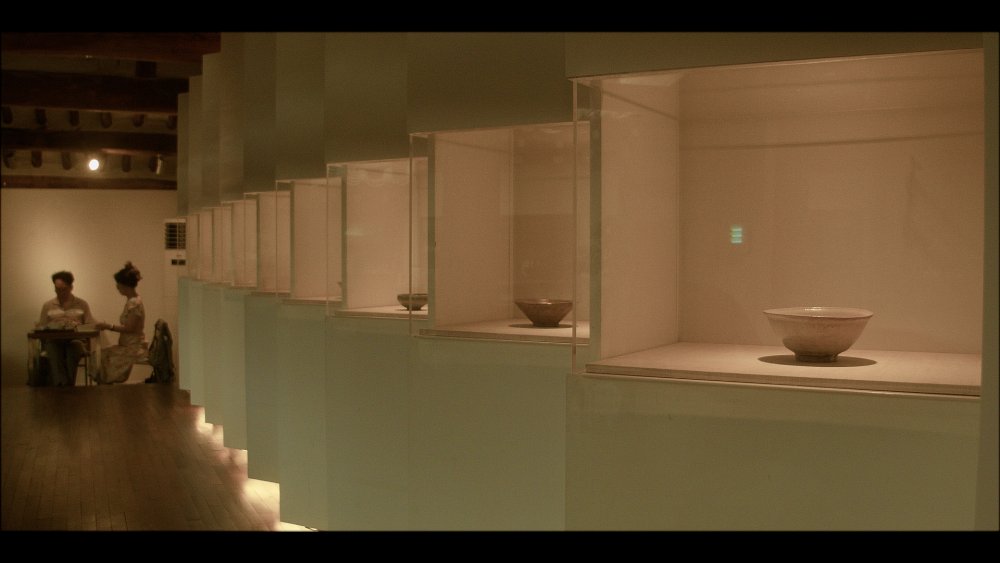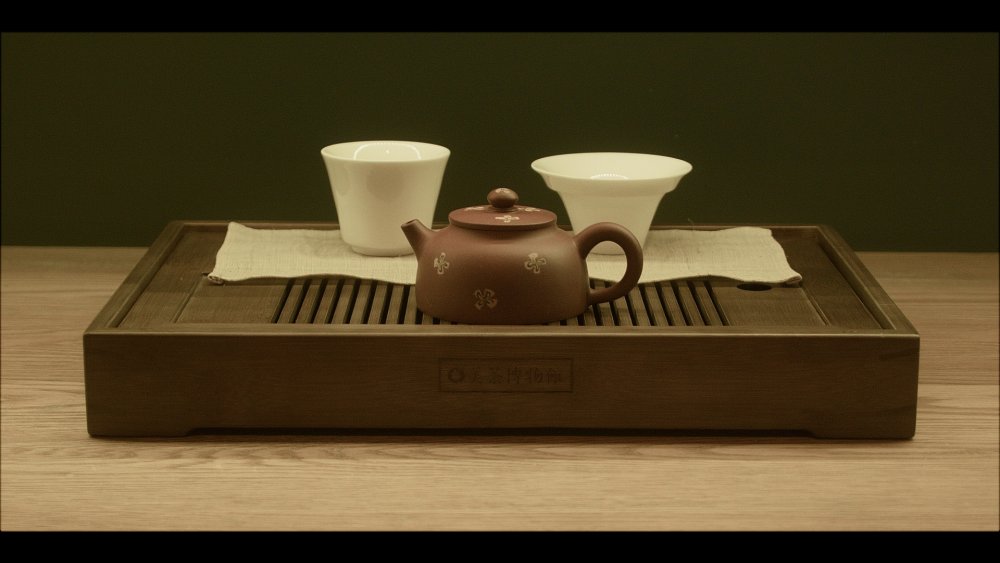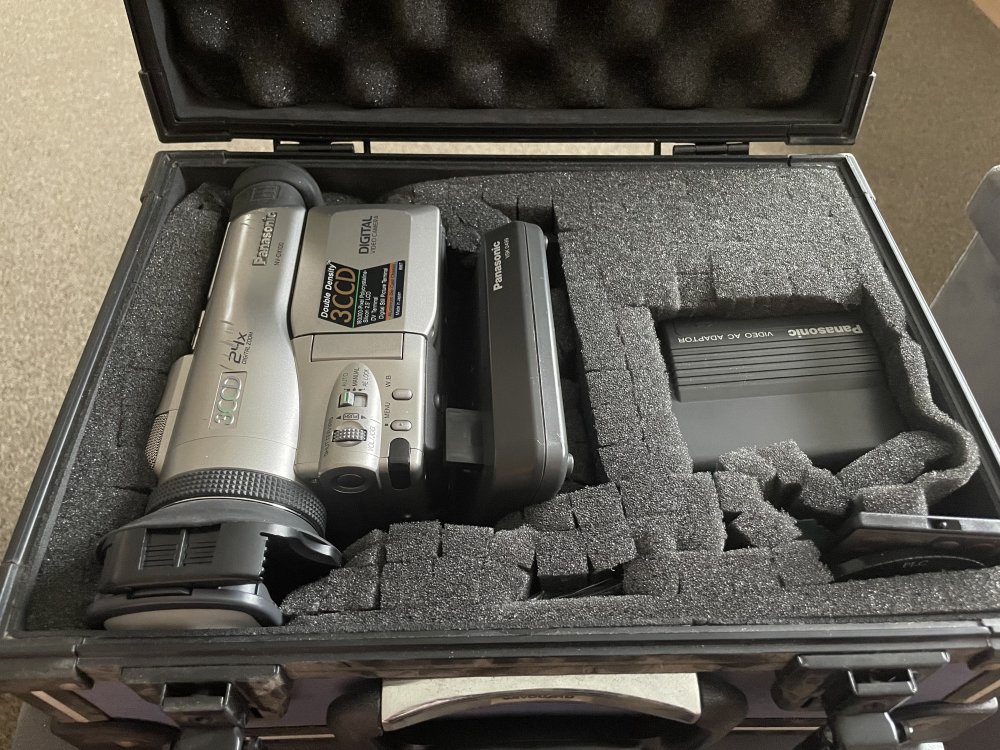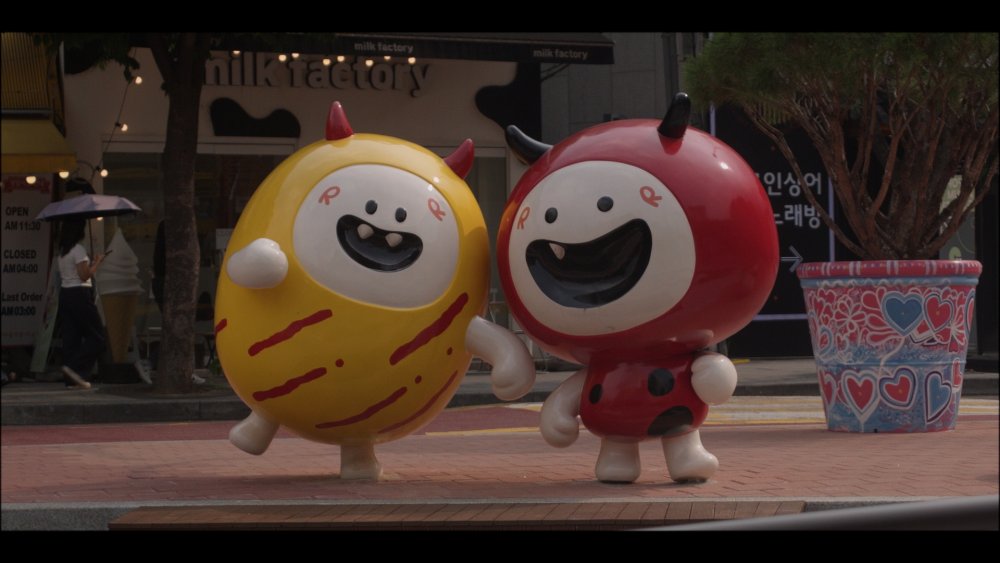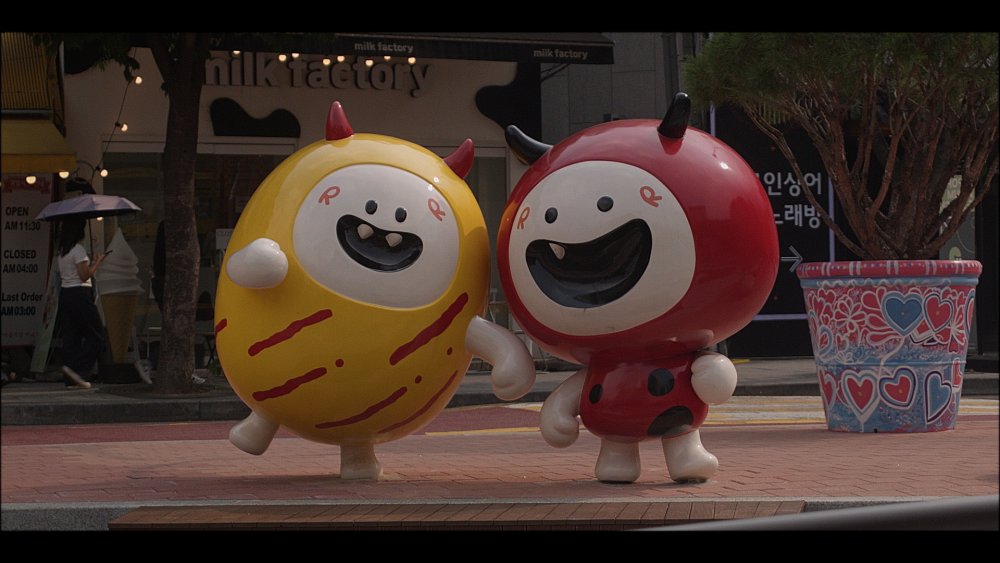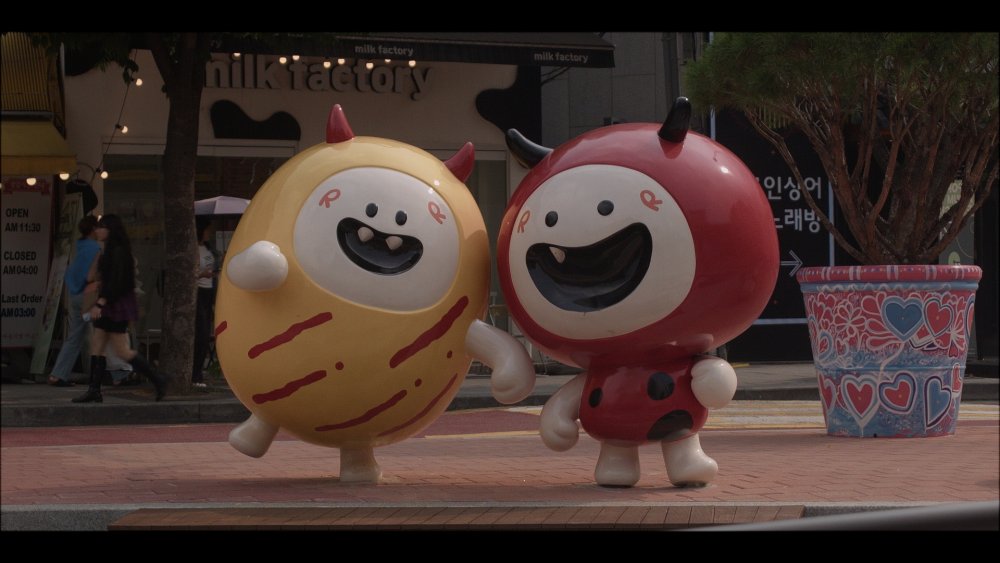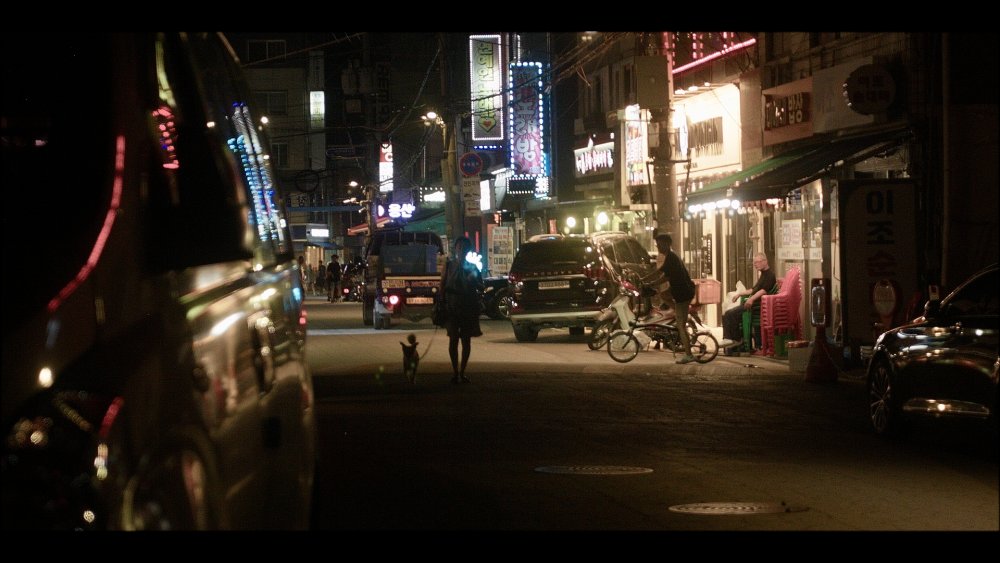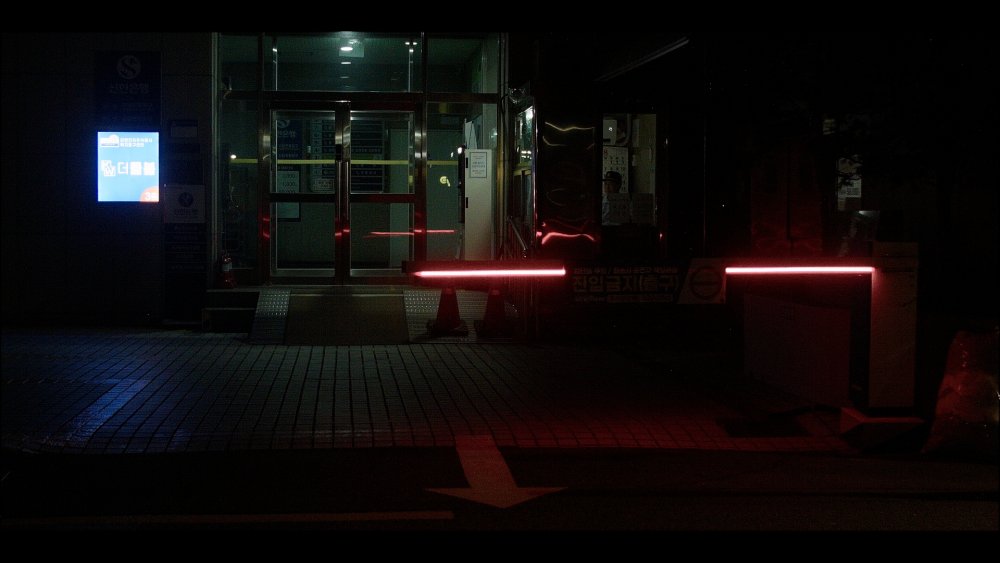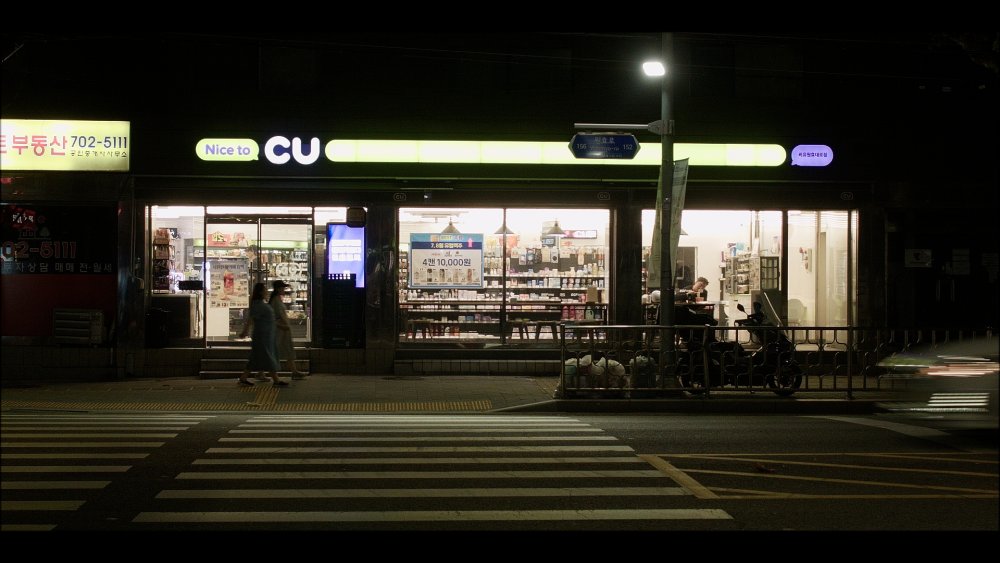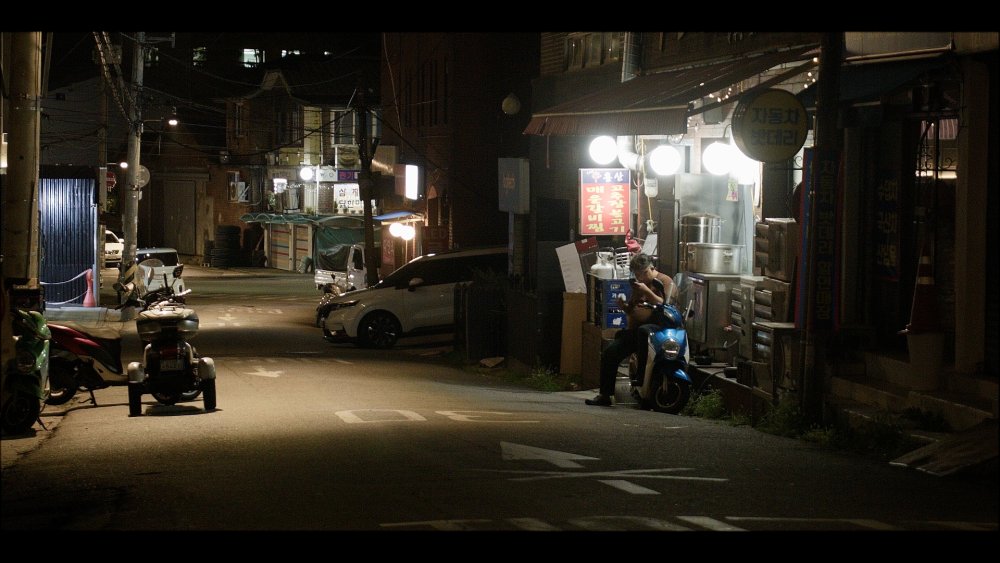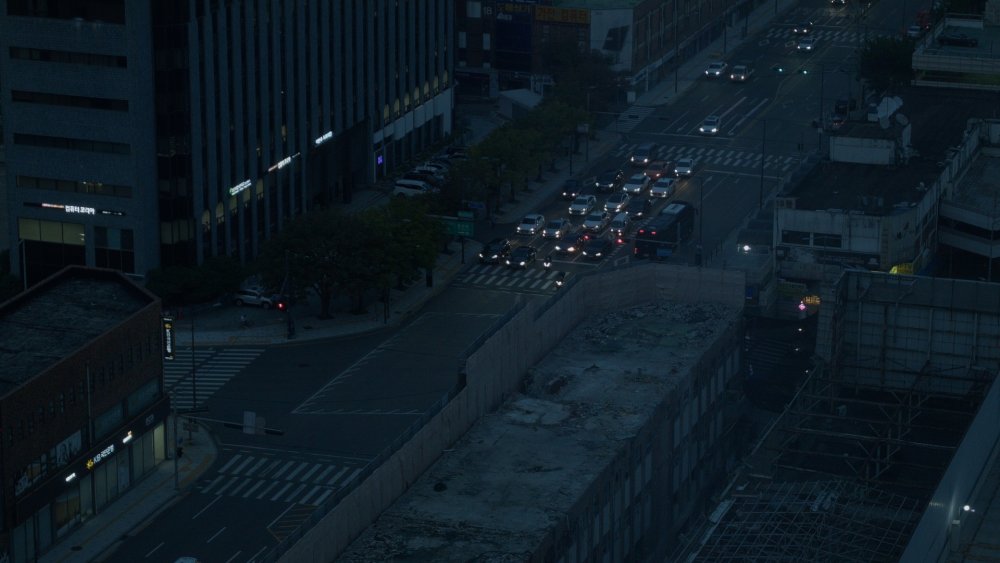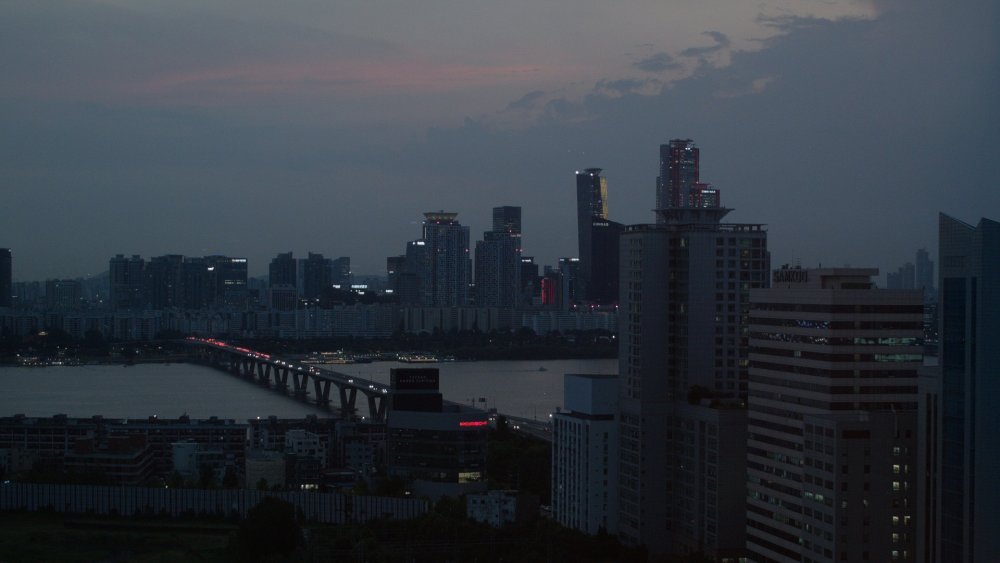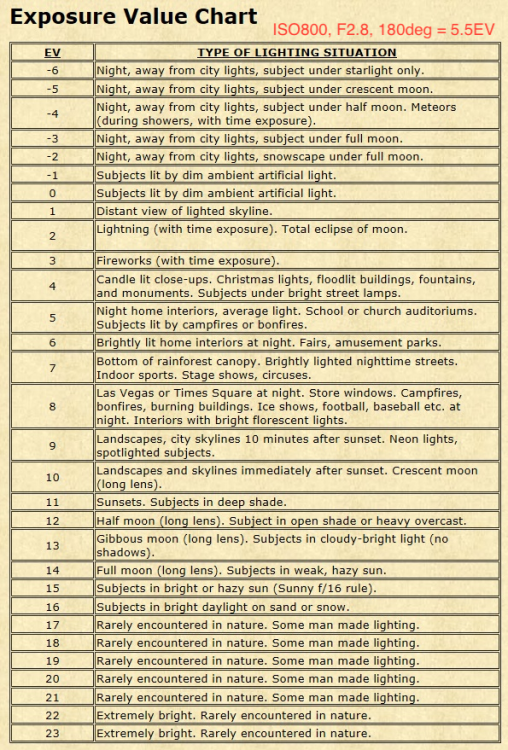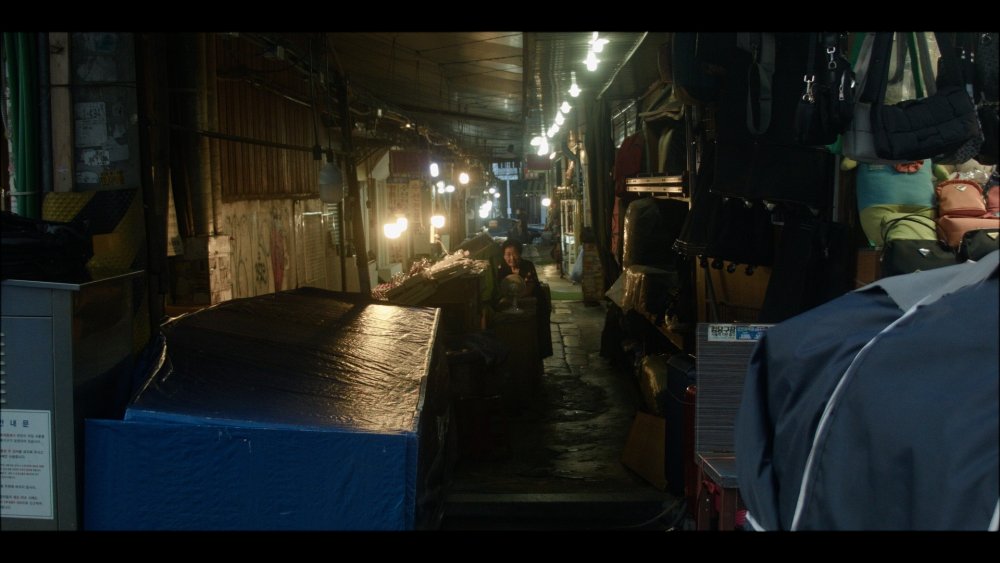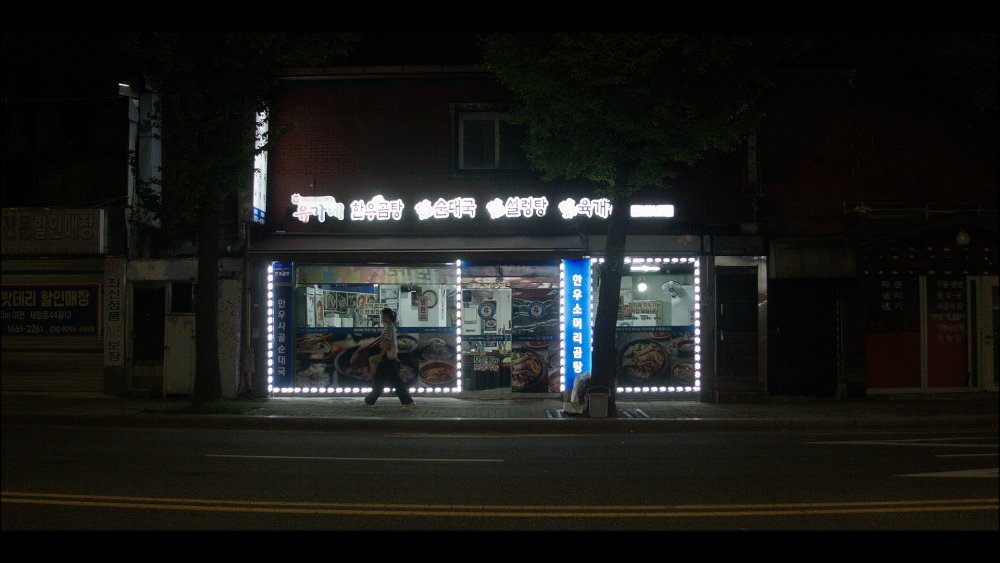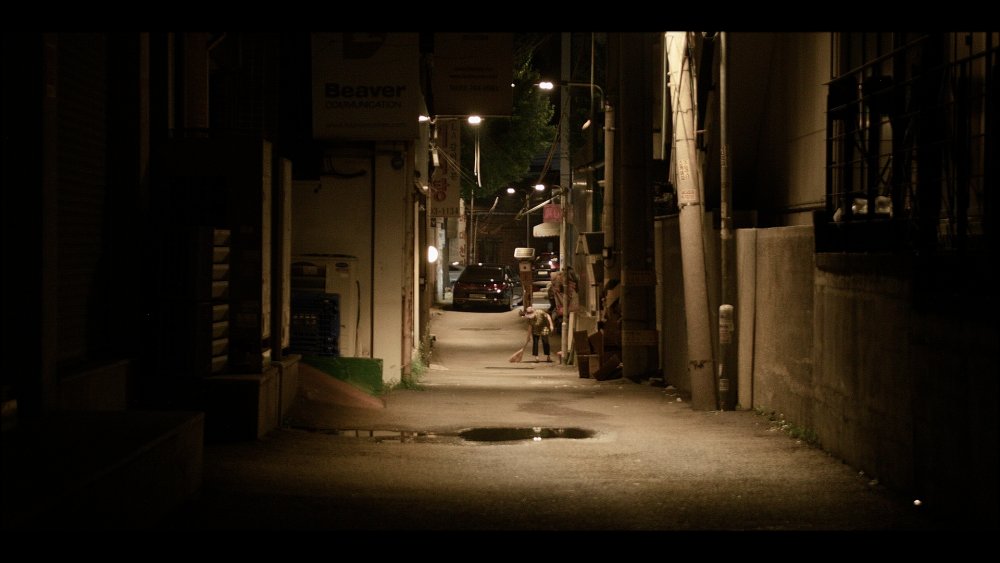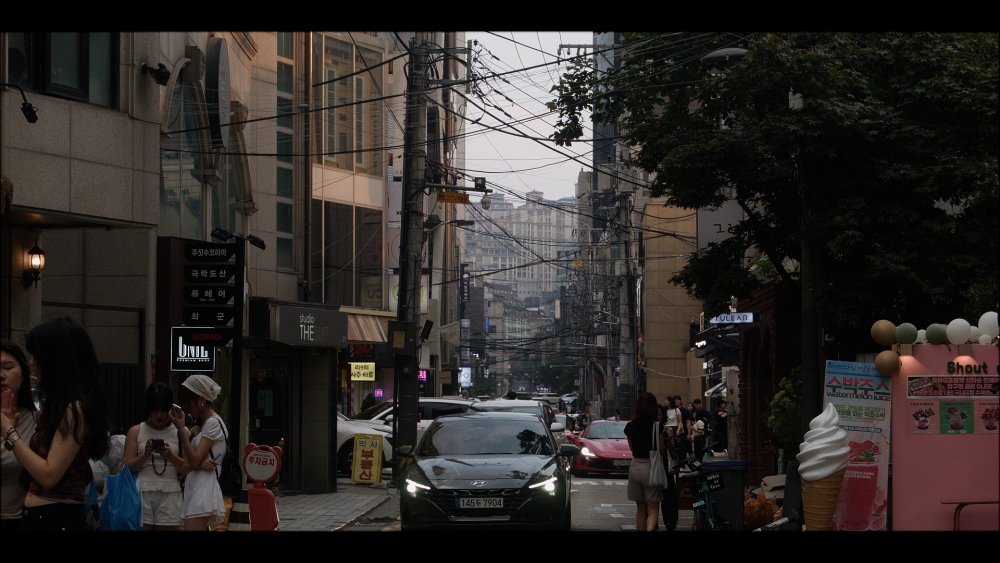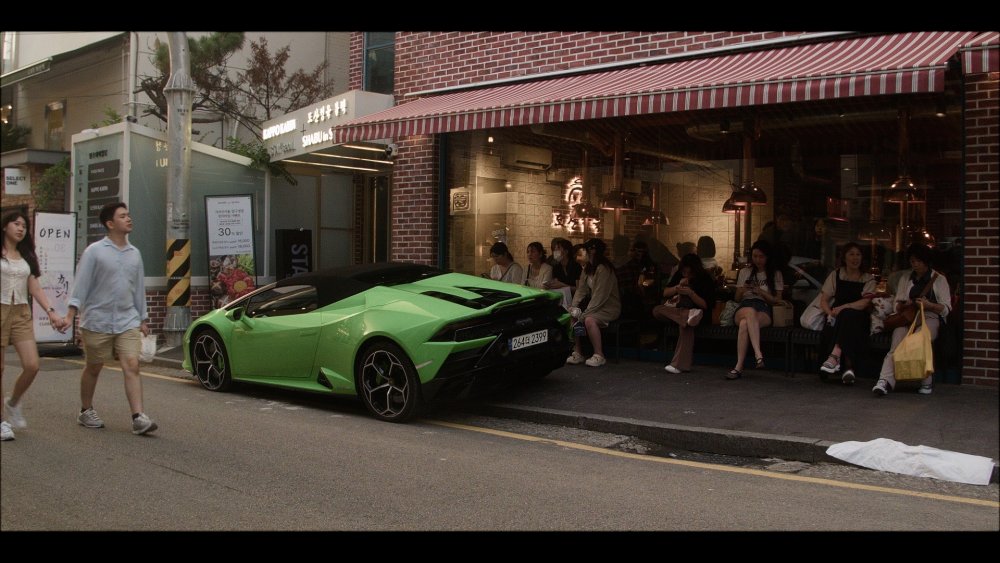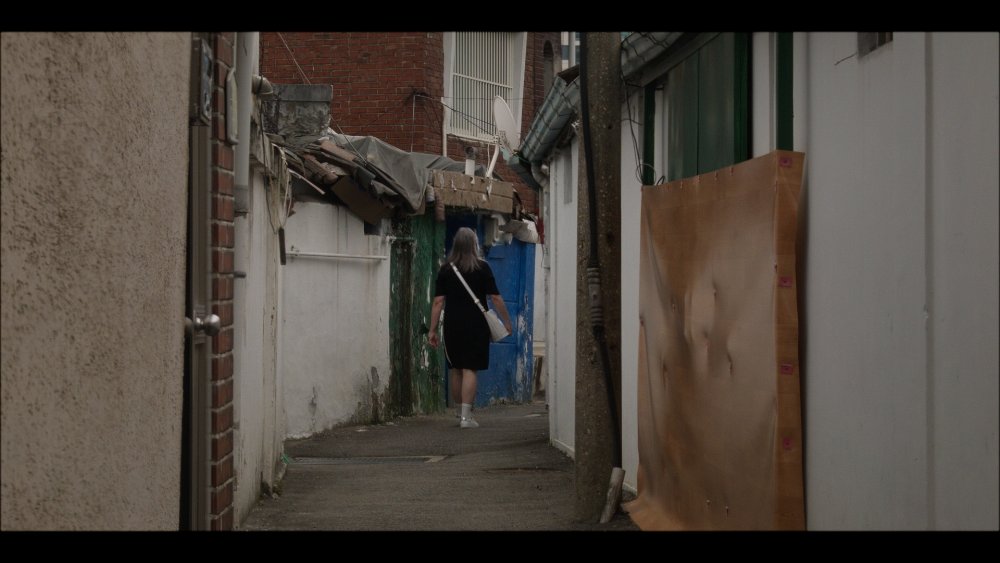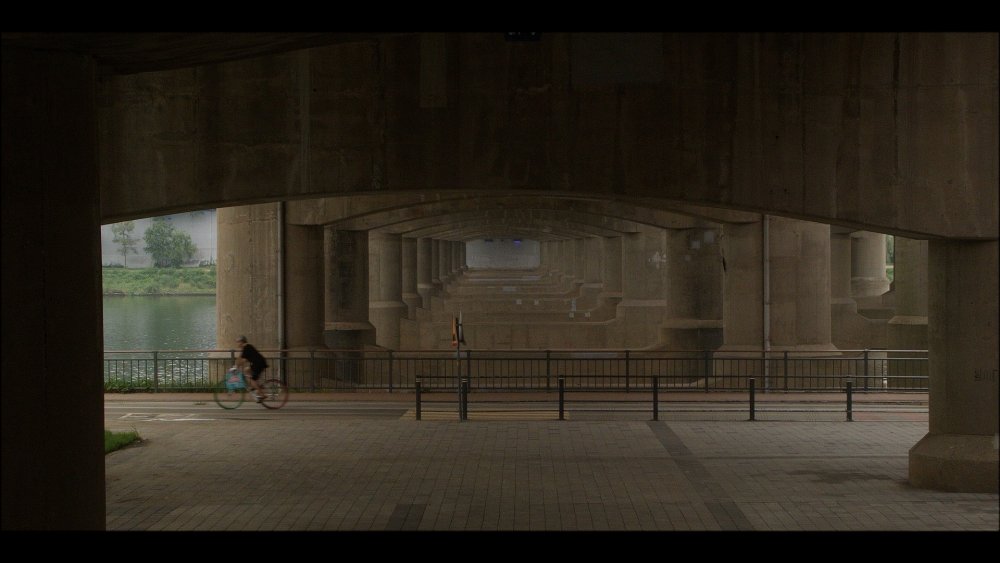Leaderboard
Popular Content
Showing content with the highest reputation on 09/08/2024 in all areas
-
If only there was a member of this forum who uses L Mount for video and Sony for stills who has been praying for a ‘one & done’ constant aperture f2.8 lens ranging from 28 to about 100mm whilst weighing max 1kg. If only there was a member of this forum this lens was designed for…2 points
-
Not clickbait, despite sounding like it. I'd say that it threw a spanner in the works, but it was more like a hand-grenade. I went to South Korea on holiday, and despite having a mostly-sorted setup based on GX85, I took the BMMCC and ended up shooting almost the whole trip on it. The rig The rig consists of: OG BMMCC - the 1080p one from almost a decade ago 12-35mm F2.8 lens IR/UV cut filter cheap vND filter (tried to buy a new one there but retail shops didn't stock what I wanted) Ikan 3.5" monitor Smallrig monitor mount (tilts forwards) curly HDMI cable from amazon (really tidies the rig up) 3 x LP-E6 batteries (two are older Wasabi ones and one was genuine a Canon one I bought there) Peak Design arca-swiss (mounted on the bottom) random wrist strap (looped through the arca-swiss plate Sandisk 128Gb SD card This ended up being a killer setup. A few highlights of the rigs performance are... Professional equipment The BMMCC is a cinema camera with fans and designed to shoot in harsh environments. The 12-35 is a professional lens. No BS overheating snowflake influencer crap here. This gave me confidence to use it in (light) rain, heavy humidity and serious sweatiness, and basically to not baby it. Fixed aperture zoom lens When setting up for a shot the vND setting from the last shot is probably in the ballpark for this current shot, even when going straight from a one end of the zoom range to the other. Flexible zoom range The zoom range was from 30mm to about 100mm. Sometimes it wasn't quite as wide as I'd have liked, but it suited the environment as Seoul, with a population of around 10M people, is one of the worlds megacities and is seriously compact, so most compositions would simply contain too much stuff if they had a wider FOV. You always miss shots when travelling, but I felt like I didn't miss that many. OIS on a cinema camera, even at the wide end Not a lot of OIS options for 12mm lenses outside of zoom lenses. Light weight This is a full cinema camera rig with 12 items, and yet weighs about 850g / 1.9lb. My GH5 weighs 750g / 1.65lb with battery and SD card, BUT NO LENS. Dynamic range No choosing between the sky or shadows. When shooting uncontrolled situations like this you often see things in post that you didn't see while you were shooting, so the flexibility is super-useful. Ok, so that's all lovely and all, but what was so transformative about it? These are things you could probably work out from the specs... Grenade #1: Shooting slowly is (mostly) shooting honestly. It's a cinema camera, so it's slow as f to shoot with. Yes, I know that practice makes you faster, but my phone will expose and focus in the blink of an eye, so comparatively it's far slower. So, you see a composition and you stand in the right place. Then you adjust the monitor angle if not shooting from the hip (as I prefer). Then you adjust the ND to expose. Then you adjust the zoom for the composition. Then you adjust the focus. With this kind of setup you have to rely on peaking, so you adjust it back and forth to see how much peaking is the maximum, then zero in on that. Then you hit record. This means several things: You are immediately obvious when you stop and start fiddling with a camera in public. There's no hiding. People aren't stupid, especially these days. You cannot be this obvious without getting comfortable with it. If you don't learn to be comfortable then you'll mentally implode before getting any shots, forcing you to relax and just play that role. By the time that you actually hit record, most of the people who were staring at you will have gotten bored and gone back to what they were doing. They don't know you hit record, so the shot will contain people who aren't suddenly paying attention to you. This was a revelation for me because it forces a different way of shooting. When you have a fast camera, you can act like a street photographer. You watch the people, you see something about to happen, you quickly point the camera, and capture THE DECISIVE MOMENT. This means you are shooting specific people doing specific things. Good freaking luck doing that with a fully-manual cine camera. When you have a slow camera, you probably can't anticipate moments far enough in advance to be ready in time, so you think differently. You find a composition and shoot it, and anonymous people drift in and out of frame in ways you didn't specifically anticipate. Sure, you can frame up a background and then wait for people to walk through it, and you could even see someone interesting a few hundred meters away and be ready when they walk past, but it's still a good distance from seeing something 2s before it happens and grabbing it. This has a massive caveat though. It's not a good way to shoot people you know, unless you're directing them or they're basically stationary. The way I've come to understand the difference between cinema cameras and video cameras is that video cameras are designed to capture the world as it happens, and cinema cameras expect the world to bend around them. There's lots of overlap now with that line blurring, but the concept is still a useful one, and the cameras with the best image quality still tend to be very self-centred. Grendade #2: Fixed WB is awesome. I used to shoot auto-WB because I used to think that you wanted 'correct' WB. This mostly works, but leaves you with tiny WB 'errors' that change during the shot. I used to think that the alternative was a fixed WB that would either be correct (if you took a manual grey-card reading at every location or whenever the lighting changed) or you'd use a fixed WB and then have to change it in post. This is probably still true if you're doing something where the WB has to be 'correct', but the only situations I can think of where this would apply is for professional work. I shot the whole trip on 5600K. So, why wasn't this a 'problem' creating shots with 'wrong' WB? Well, shots with warm light sources look warm: Shots with cool light sources (like a blue sky) look cool: Shots taken on a 'grey old day' look grey: ... and light sources that aren't on the warm/cool line will show as being coloured but don't look wrong - they just sort of look like that's what they looked like: and sometimes can even look beautiful: More to come, too many images to attach!1 point
-

Cupboards clearout (DVX100, DX1, old camcorders topic)
Andrew Reid reacted to BTM_Pix for a topic
Mystery solved. I went to my brother’s place to retrieve some outboard gear from my old studio that he had been storing and it turns out that I gave the DX100 to him to give to my niece and he “forgot”. So here it is in its full cased glory with charger, battery and docking station. Let charging commence but I purely to check it powers on etc as I’ll need to go and get all the tapes next week.1 point -
Because neither of their own bodies have it, possibly a bit of an omission to not have it in the majority of their lenses? Many of the slightly older now Tamron primes had VC, their nomenclature for ‘OIS’ but fewer lenses these days, prime or zoom, seem to have anything, I presume because of the rise of IBIS? I was shooting an outdoor mehndi ahead of a Bengali Muslim wedding today and once again, it highlighted the gap in my lens arsenal… The 28-70 is great indoors. Light, compact, fast enough at 2.8, but outdoors, I don’t want to be in people’s faces, it’s not how I work and the Lumix S 70-200 f4 (underrated sleeper lens IMO, due to being relatively compact, under 1kg, constant aperture and internal zoom) is perfect for the longer stuff…but sometimes…most of the time even, I want to be able to shoot wide’ish and a second later, long’ish. I am still considering the option of the Samyang 35-150 because with that, I could possibly do away with both the 28-70 and the 70-200 and would have no need for the 28-105. But it’s big. It’s heavy. It’s not internal zoom. Well neither are (internal zoom) the 28-70 or the 28-105 and with the former it’s neither here nor there, but less keen on how far the 28-105 appears to extend. Hmmm…choices, choices, choices, which is actually a good thing to have, but maybe I do need to go for the true ‘one and done’, the 35-150, albeit at the expense of size, weight and external zoom… The curveball in all of this is not actually not so much the lenses, but whether an S2H and/or an S2R appear because then having an all L Mount lineup of 4 bodies rather than my current 3 Lumix for video and 1 Sony for stills, because my stills unit can then double up for hybrid duty… Anyway, it’s not a big deal or a ‘need’, just a potential option. I won’t make any moves until early Spring 2025 so still plenty of time to see what happens in the L Mount camera and lens space.1 point
-

World's smallest DSLM that shoots 4k?
eatstoomuchjam reacted to John Matthews for a topic
After you mentioned this camera the other day, I also watched a few reviews; indeed, the hiss is real. Also, the EIS is of the older variety and basically doing it in post will blow it away in 2024. In the same budget if you're in Europe, I think the Olympus E-P7 is better and about the same price new (with the kit pancake lens). I had that camera a couple of years ago and it was great except for the faulty IBIS unit- they ended up replacing it with the E-M5 iii due to inventory concerns. There are 2 gotchas with the E-P7: 1) it feels flimsy; 2) no EVF. Neither of those are a big deal for me.1 point -
World's smallest DSLM that shoots 4k?
John Matthews reacted to eatstoomuchjam for a topic
Chris and Jordan were surprisingly the only people mentioning the audio hiss on any of the YouTube reviews that I watched the other day. Judging by forum posts where people asked/complained about it, I didn't see any indication that they ever fixed it. I think the IBIS is also electronic-only which might not be ideal. Looks like a "don't buy" for now, but if the X-M5 comes out as rumored, maybe it'll be something to look at buying a year or two after (assuming it keeps the same dimensions). 😅1 point -
Two New L Mount Lenses
John Matthews reacted to Thpriest for a topic
I think the Sigma 28-105 2.8 and the 16-28 2.8 look a real killer combo.1 point -
In my eyes this and the skating video show the most convincing image quality of any DSLM. These and some Z8 and Z9 stuff. And that by far. Kinda looks like a 6K/4K version of the image coming from a BMMCC or og BMPCC. I'm impressed!1 point
-
I took a cinema camera on holiday, and it changed everything
Katrikura reacted to Clark Nikolai for a topic
These are really good. I especially like the ones of the streets at night. The light is where the subject is so it's okay if the rest is too dark to see. I know what you mean about things taking time to set up with a cinema camera. I've been working on a project for over a year now that's mostly tripod shots of things in the city. People do ignore you after awhile. Some come over to chat about cameras. Very few take issue with it. I guess I look like some photography hobbyist out getting shots. In a tourist and film school town like Vancouver, there are so many people taking pictures and shooting their school projects that it's just more of the same. I also learned a trick to not look at what you're shooting. Set it up on a tripod, point it where you want, frame, focus and start rolling but then look away or down at your phone and check your emails or something. Then let the action happen in the frame. If someone looks over at you it looks like you're not rolling because your attention is not where the lens is pointing. I also set it at the native ISO and native colour temperature and leave it there. Mostly have a 180º shutter (but occasionally go longer for more light.) Shooting raw it is the best way to go. In post you can do pretty much anything then. Recently I've been letting interior light stay a bit warm and exterior daytime light be bluish. I think it's better than correcting things to be always white. Gives more mood and a sense of the light at the time and place.1 point -
That's all I can think of for the moment, and I'll take a long time for me to digest what I do with this info. One final observation was how hot the camera got. For the unfamiliar, the BMMCC has huge grills on each side for the integrated fan (and as one of the smallest cameras on the market it really shows there's no excuses) and for those who haven't experienced it - it pumps out hot air the whole time! I previously mentioned that the camera was exposed to sweaty conditions, which was absolutely true (I was drenched with sweat basically the whole time I was outside) but part of that was that the camera was this little hand-warmer blowing hotter than normal air on my hands. This really gave me an appreciation of how serious the challenge of camera thermal management is. I'd suggest that technology has likely gotten better since they made this camera, but the amount of data processing has also gone up, so perhaps that evens it out - I don't know. It made me appreciate that I didn't need to worry about other cameras that may well have overheated in these conditions. The heat this gives off, combined with the deep shadows and moody images from shooting in the rain, really made me think this would be a great camera to shoot with in winter. Not only would the images be moody and cinematic, but it would keep your hands warm!1 point
-
Grenade #6: I worked out how to sharpen and process the footage. Prior to the BMMCC, I've previously only shot with cameras that sharpened (over sharpened) their footage. This is the GF3, 700D, XC10, GH5, and GX85. I got good at blurring the footage to get a nice level of sharpness (a level of sharpness that only the pros seem to be able to achieve - amateurs seem to want to slice everyones eyeballs - maybe it's self-loathing over not being skilled at using their NLE?) but I could never work out how to sharpen up RAW footage and footage from the OG BMMCC and BMPCC. In retrospect I really don't know why I couldn't do this, and it sort of seems silly now, but it was a barrier to my ability to do what I wanted with the footage. (It's not that I wanted to over-sharpen the footage, but in order to grade optimally you need to be able to go too far in order to choose the right amount of something.) Push push push.... More more more!! High-end smartphone look achieved!!1 point
-
Grenade #5: OIS with a good implementation is mostly good enough. I'm used to IBIS and more recently Dual-IS (which is IBIS and OIS combined) and had previously shot with OIS-only and disregarded it because it doesn't stabilise roll. I'm also used to the 'tripod mode' on the GH5 which maintains a motionless frame with the IBIS like it's locked-off, which I missed on the GX85 which gives a bit of a floaty image. The BMMCC maintains a very steady frame with the OIS, but doesn't fight you if you want to move the frame, so it creates still compositions but also allows smooth movement. I can still tell from the footage when I was tired or low in blood-sugar or just generally struggling - it was over 30C / 86F and 70% humidity, so pretty demanding on the arms to hold a very small and lightweight camera perfectly still for hours and hours. To counter the roll motion, I took to using my left hand to 'cup' the camera and lens and put my thumb up onto the side of the monitor, which helped stabilise any roll motion / jitters. It didn't work perfectly, as in this orientation any rotation of my forearm translates to roll motion in the camera, but for the most part the jitters are small enough that using stabilisation in post can clean them up almost perfectly. There was still a bit of sudden-blur on the odd frame here or there where there was motion-blur while the shutter was open, but considering the subject matter is a large city with the grunge and grit as well as the glitz and glamour, it's aesthetically appropriate.1 point
-
Grenade #4: Low light cameras and lenses aren't strictly needed. This was a surprise, but ISO 800 and an F2.8 lens is (almost) all you need, even for low-light situations. The BMMCC has an ISO 1600 mode, but I did a side-by-side and the 1600 shot was still noisier than the 800 shot even after it had been darkened by a stop in post to match exposure. The BMMCC is a pretty noisy camera though, and I did ETTR whenever I could. For the really low-light situations I ended up taking off the vND, which is still something like 1-stop when at its lightest setting, but even that wasn't needed for most situations. The secret to making this combo work is to actually have blacks in the frame. This seems to be something that only professionals do now, amateurs all have milky shadows for some unknown reason - perhaps they think they're emulating film when in fact film would crush your blacks faster than the YT comments section will crush your dreams. These are all shot at ISO 800, with me cheating an extra stop by going to a 360 shutter. After doing that cheat, I ended up dropping exposure significantly in post on most shots, so I probably didn't need to cheat that much: These are also shot at ISO 800, but might have been with the 50mm F1.2 prime I also took with me, and were tripod shots: (These last two shots also had a WB change in post to get the cool tones, but most of the other shots I've posted had no WB changes in post at all) I am contemplating an 85mm F1.4 prime to give extra reach for very low-light situations but it's a pretty speciality thing. I also took with me the 7.5mm F2, 17mm F1.4 and 50mm F1.2 primes. The reason I took these is specifically for very low-light situations like going to a look-out at night and wanting to capture the city lights cleanly and get a little bit of exposure on the things they're illuminating rather than simply getting a black frame with individual pixels lit up by the lights directly. Having a dual-ISO camera would really simplify this, because if the second native ISO was 2.5 or 3 stops above then the F2.8 lens would turn the T2.8 exposure into a T1.0 or T1.2 exposure which makes a big difference into reaching into the blackness. Here's a table of common scenarios, where ISO 800 at T2.8 and 1/50 shutter speed = exposure value of 5.5: As you can see, lots of night situations you'd find yourself in are brighter than the 5.5 with 6 and 7 being common night situations. The other thing to take into account is that 5.5EV is probably better than most of us can see at night with our eyes, so if it's too dark to film, you might not be inclined to be there in the first place (unless you enjoy walking down dark alleyways in foreign cities at night with expensive camera gear).1 point
-
Grenade #3: Restricted zoom range and cropped monitoring give scale to compositions. This is a combo one. After decades of shooting travel and street, I compose on instinct and if I wanted to override that, I have to concentrate. Often while shooting my whole capacity is being used elsewhere, so I get what I compose on auto-pilot, but the gotcha for these is that I compose using the monitor, which is normally 16:9. If you later want to crop then subjects are too tall in the frame, so it doesn't work. Cameras often have completely rubbish crop lines for their display - some are barely visible - let alone strong enough to get my autopilot to use them for compositions. The BMMCC is different - the frame guides are 100% opacity black bars. This is perfect because that real estate can still be used to display settings, but isn't displaying misleading parts of the frame. So, this part encourages me to not make the subjects too big in the frame, but the 100mm limit of the 12-35mm lens goes even further - it makes far away subjects even smaller in the frame. What I find is that is that this can really give a sense of scale to the world - we tend to measure everything against the size of humans after all. I've seen people talk about how the greats of cinematography aren't afraid to make the humans small in the frame and how this is something less awesome people don't do - this combo helps! This point might be a little lost if you're reading this on your phone instead of on a 70" TV like you should be doing, and movement also helps because with most of these shots the composition is static so the buildings are motionless and the movement of the people really helps them to stand out in the frame.1 point



